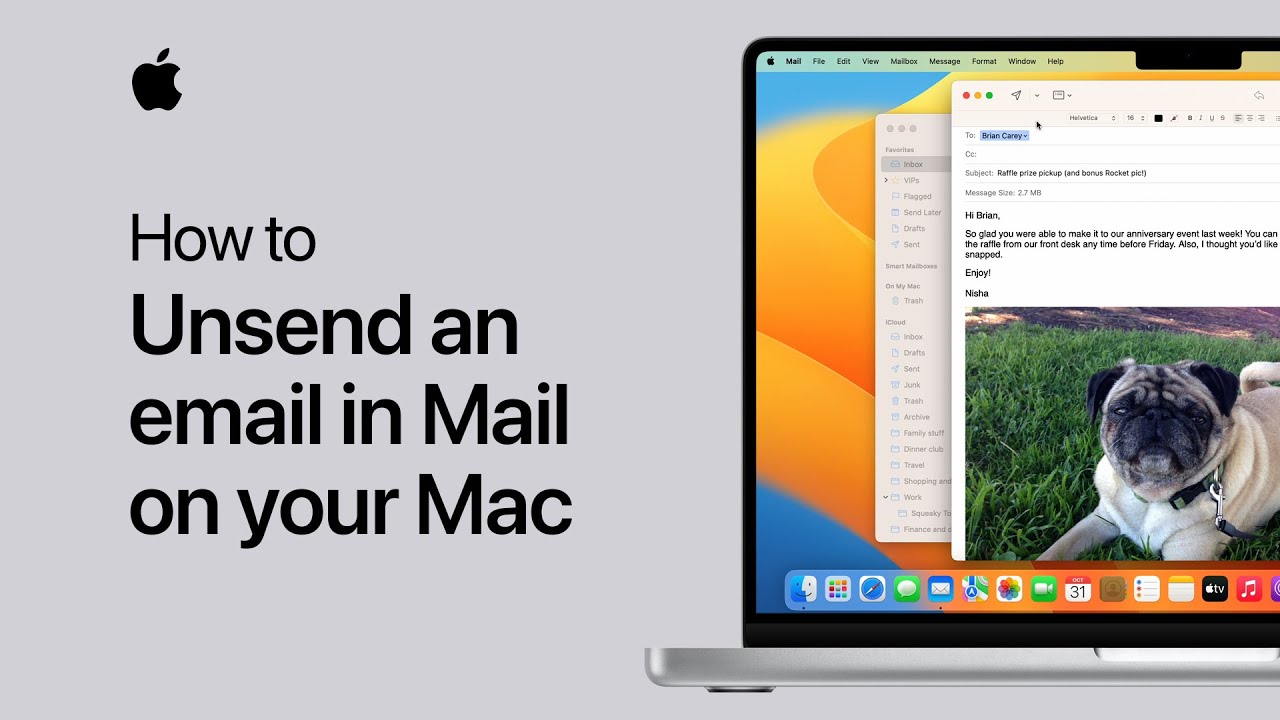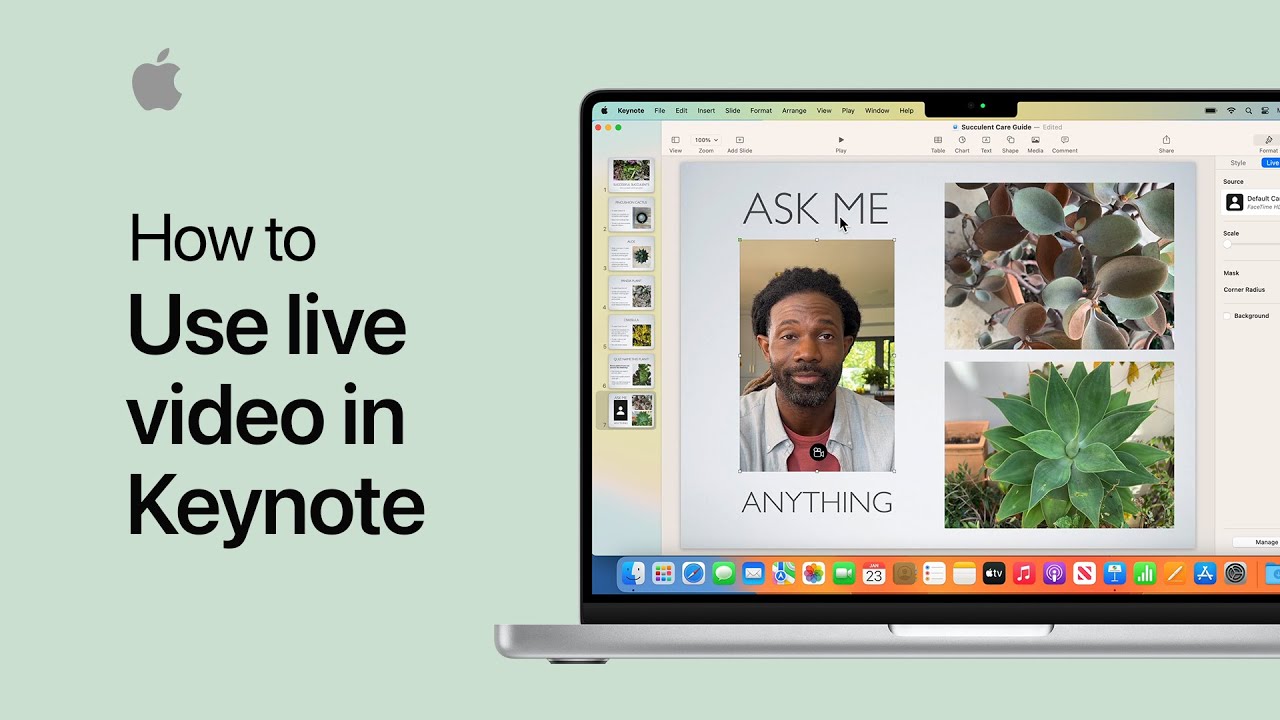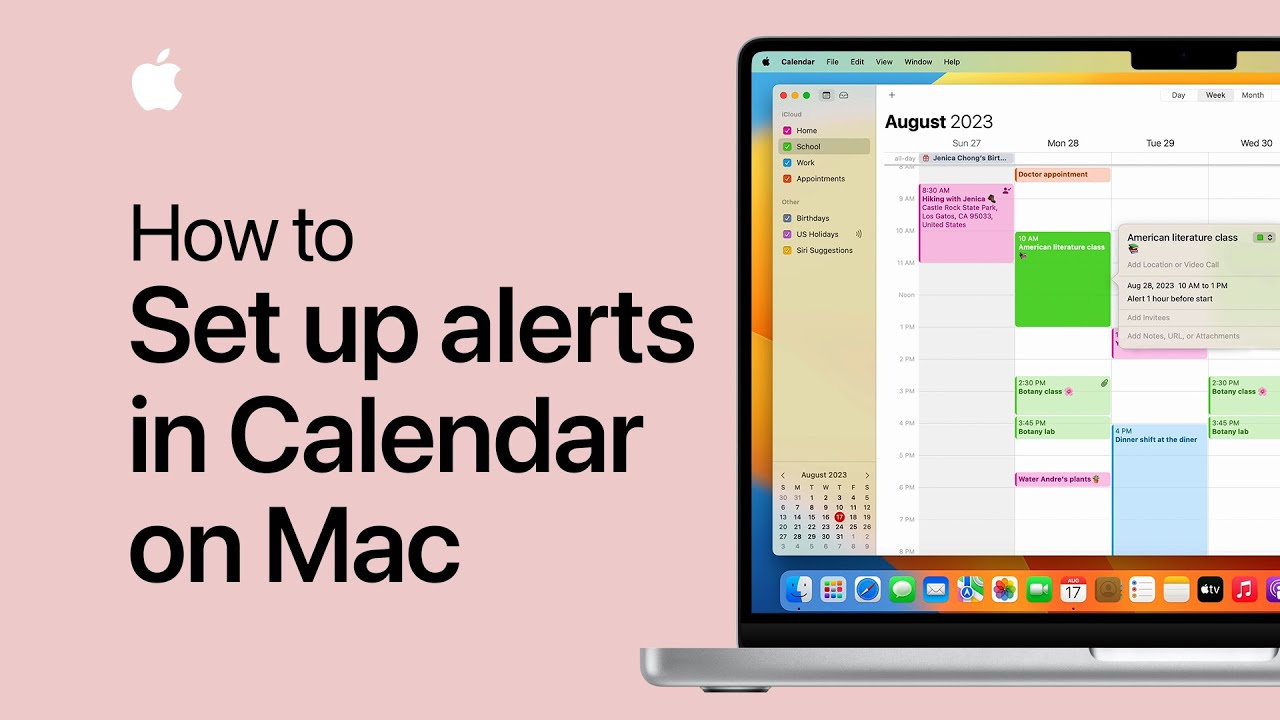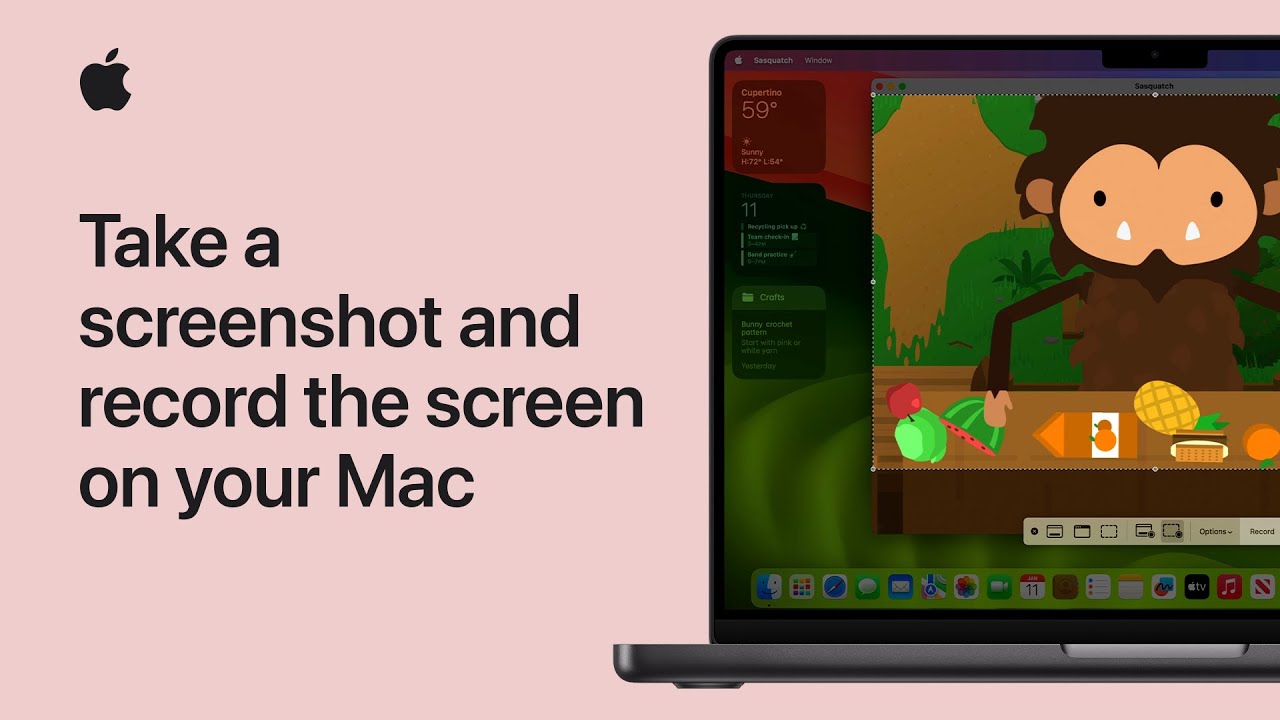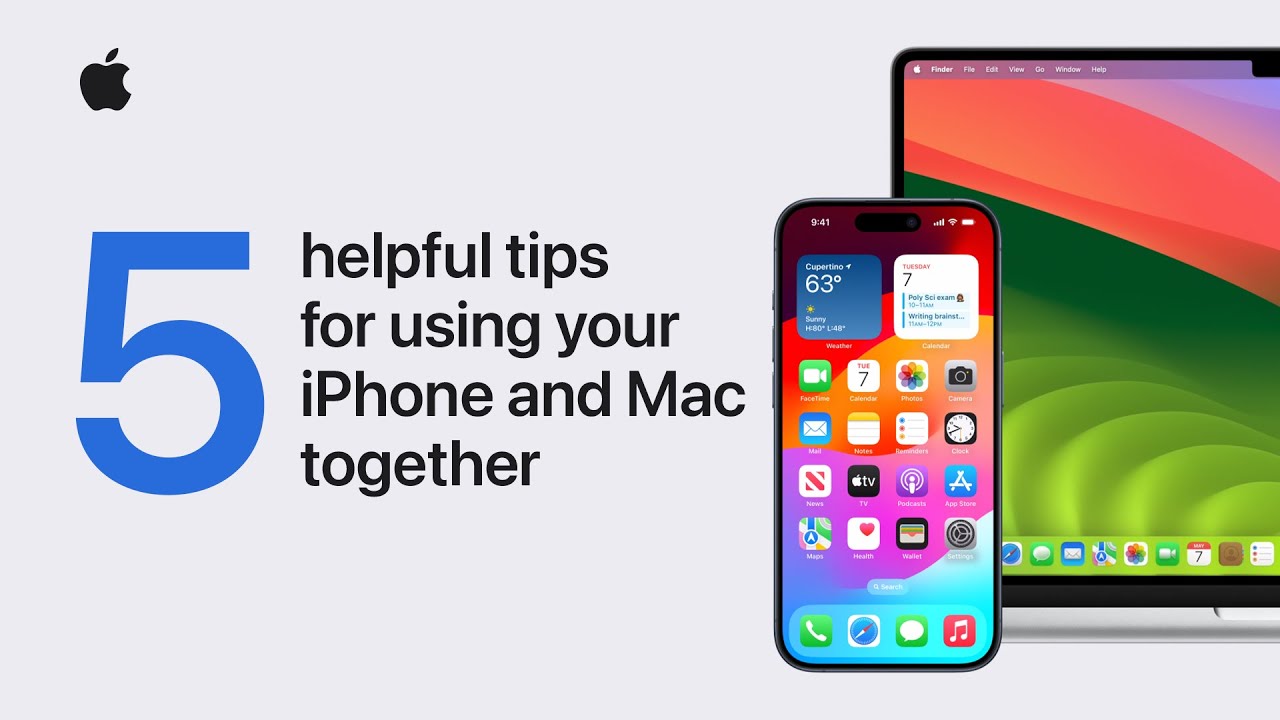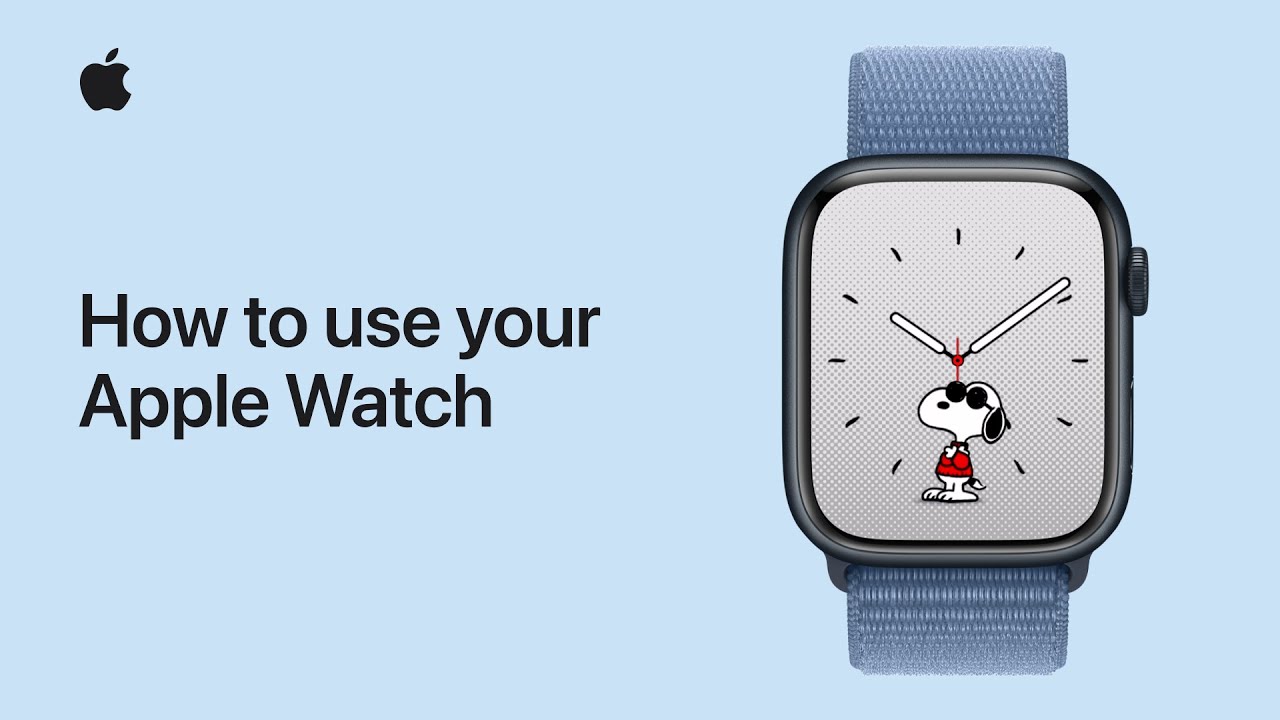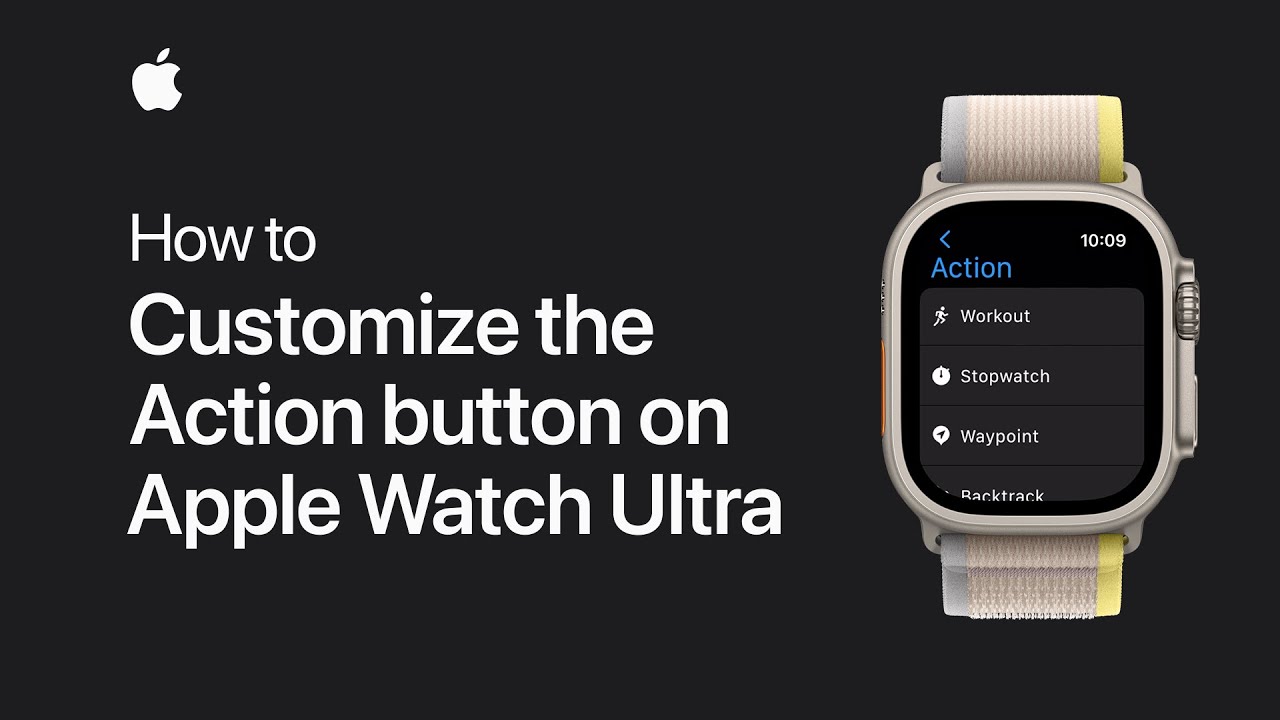In macOS Ventura, you can unsend an email in Mail on your Mac after sending it. Immediately after sending, a button labeled “Undo Send” will appear in the bottom left corner of the Mail app. By default, this button is available for 10 seconds, but you can adjust this setting in Mail preferences to extend it up to 30 seconds. To unsend, click the “Undo Send” button, and the original email will reappear for you to edit. After making any necessary changes, click “Send” again to resend the email or make further adjustments.
Summary:
– In macOS Ventura, after sending an email, a “Undo Send” button appears in the bottom left corner of Mail.
– By default, this button is available for 10 seconds, but you can extend it up to 30 seconds in Mail settings.
– To unsend an email, click “Undo Send” and the original email will reappear.
– You can then edit the email or make changes before resending.
– Once ready, click “Send” again to resend the email or make additional edits.
